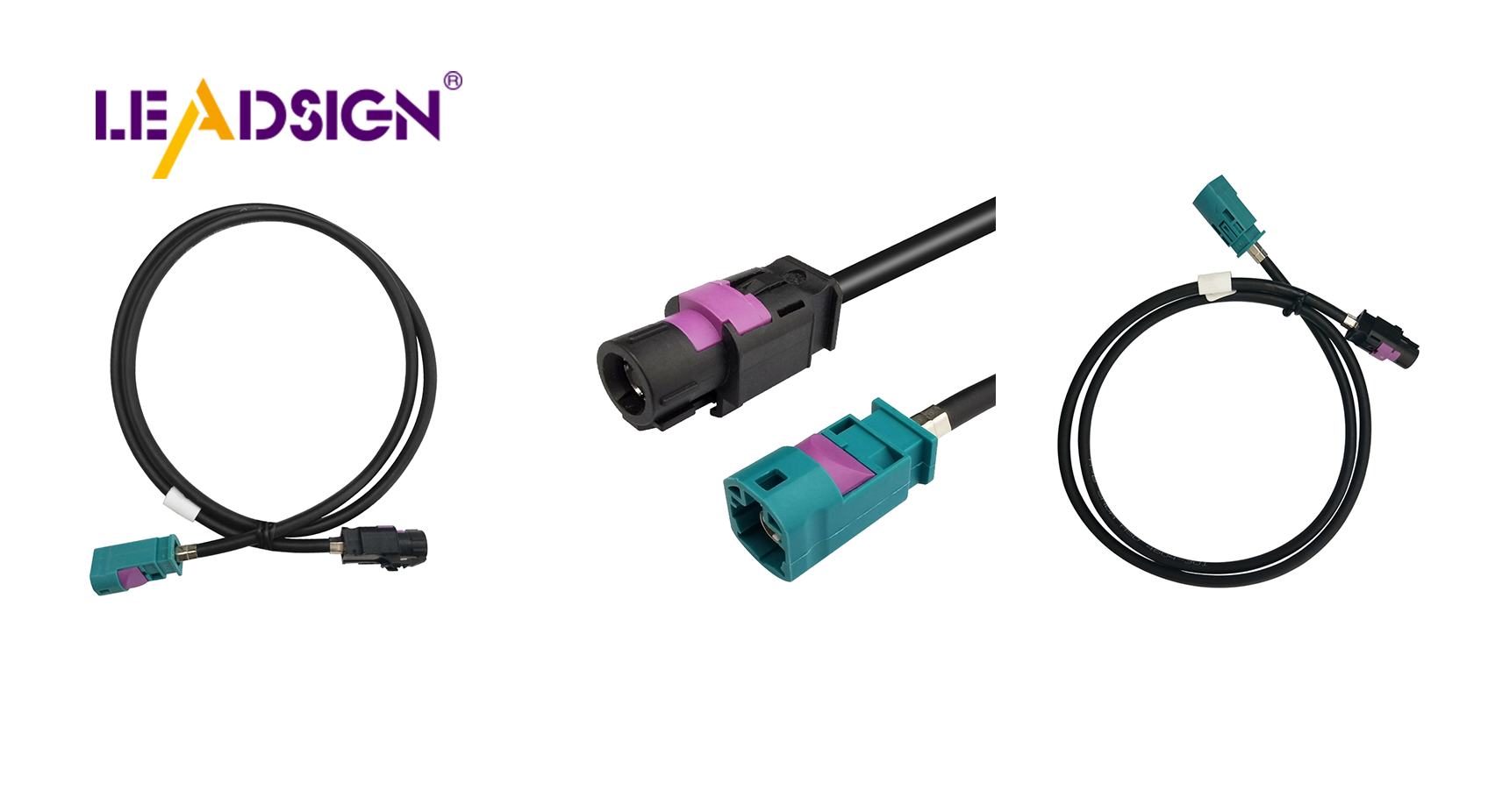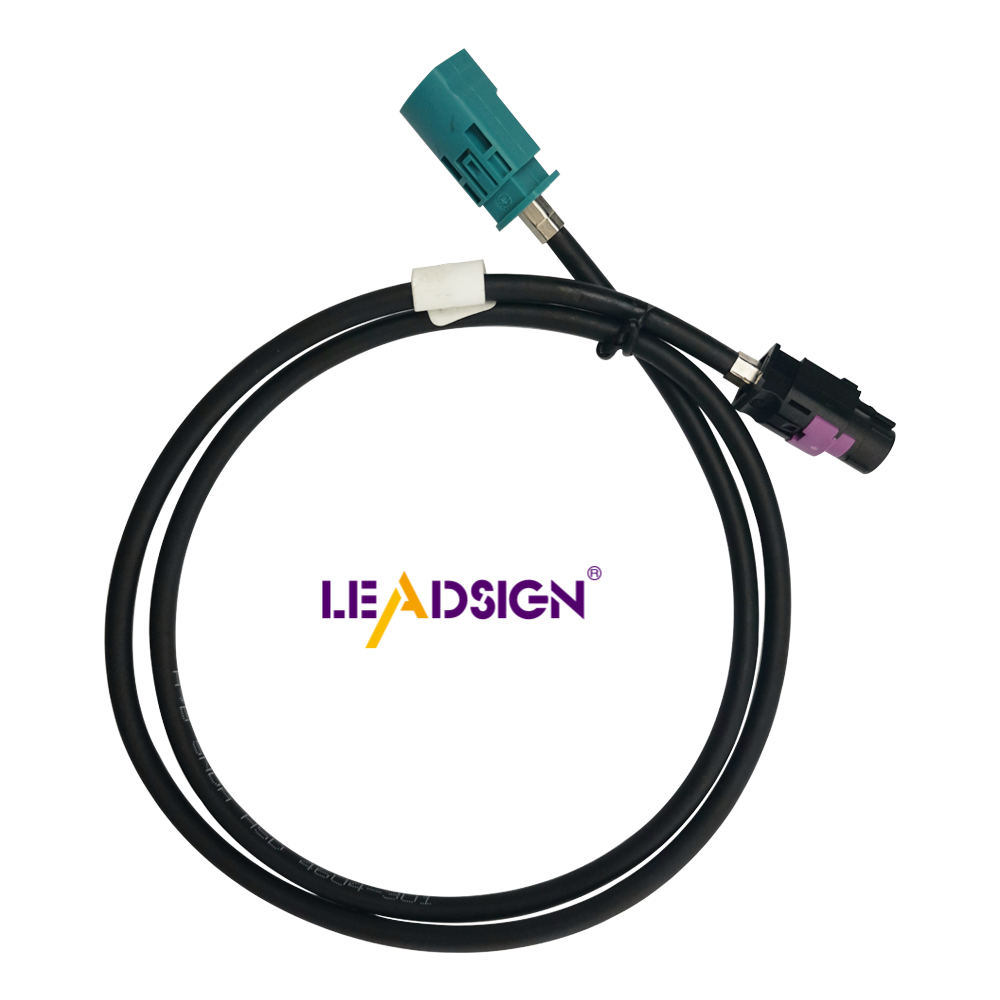How to Install Automotive Electrical Connectors Types for Beginners

Automotive electrical connectors, including various types, are crucial components in vehicles. These connectors facilitate the flow of electricity throughout different car systems, powering essential components such as the engine and radio. Proper installation of these connectors is paramount as it directly impacts the performance of your vehicle. When the correct automotive electrical connectors types are installed accurately, electricity flows seamlessly within the car, enhancing its efficiency and longevity.
Understanding Car Electrical Connectors
When fixing cars, knowing connector types is key. These small parts help your car's electric systems work well. Let's look at common car connectors and how to pick the right ones.
Types of Car Connectors
Blade Connectors
Blade connectors are very common. They have a flat metal piece that fits into a slot. You see them in things like car radios or lights. They are easy to connect and disconnect, good for beginners.
Bullet Connectors
Bullet connectors are round and join wires tightly. They have male and female ends that fit together well. Use them where there’s lots of shaking, like near engines. They stay connected even when things move.
Butt Connectors
Butt connectors join two wires. Put a wire in each end and crimp them tight. They’re great for making wires longer or fixing broken ones. Beginners like them because they’re simple to use.
Picking the Right Connector
Tips for Beginners
Choosing connectors can be hard at first. Think about where you’ll use them and if it’s wet, pick waterproof ones to stop rusting. Some, like blade connectors, are easier if you're new.
Real Parts Matter
Using real parts keeps your car safe and lasting long. Real connectors fit right and work well with your car's systems. They might cost more but save trouble later on by preventing electric problems.
By learning about these car connectors and choosing wisely, you make your car better and safer.
Diagnosing Connector Issues
When working with car connectors, problems can happen. Knowing how to spot and fix them saves time and keeps your car running well.
Common Problems
Corrosion
Corrosion is a common problem. It occurs when water gets in connectors, causing rust. Look for green or white powder on connectors to find corrosion. Clean them with a wire brush or cleaner. Keep connectors dry and use waterproof ones in wet spots to stop corrosion.
Loose Connections
Loose connections cause electrical issues. If a connector isn't tight, lights might flicker. Check connectors often to make sure they're snug. Crimp loose ones tighter or replace them if needed. This simple step stops many electrical troubles.
Tools Needed for Diagnosis
To find and fix connector problems, you need some tools. These help you quickly spot issues.
Multimeter
A multimeter is important for finding electrical problems. It checks voltage, current, and resistance. Use it to see if electricity flows through a connector by setting it right and touching probes to terminals. If the reading is wrong, the connection might be bad.
Wire Strippers
Wire strippers remove wire insulation easily. When changing a connector, strip the wire ends first. Pick one that fits your wire size so you don't harm the wire while stripping it; this is key for good connections.
By knowing these problems and using proper tools, keep your car's electric system healthy. Regular care and quick fixes prevent bigger troubles later on.
Step-by-Step Installation Guide

Getting Ready to Install
Before starting, make sure you have everything ready. This helps the installation go smoothly and safely.
Collecting Needed Tools
First, get all the tools you'll need. Right tools make work easier and prevent mistakes. Here's a list of important tools:
Wire Strippers: They take off wire covers without harm.
Crimping Tool: Use it to attach connectors tightly to wires.
Multimeter: It checks if electricity flows correctly.
Screwdrivers and Pliers: Useful for different tasks during setup.
Having these tools makes installing much quicker.
Staying Safe
Safety is very important. Working with electrical parts can be risky if not careful. Here are some safety tips:
Disconnect the Battery: Always unhook the car battery first. This stops shocks or short circuits.
Wear Protective Gear: Wear gloves and glasses for safety from dangers.
Work in Bright Light: Good light helps you see better and avoid errors.
Following these tips keeps your work area safe.
Putting on the Connectors
Now you're ready, let's put on the connectors. Follow these steps for success.
Taking Off Wire Covers
Start by taking off wire covers. Use wire strippers to remove about a quarter-inch of cover from each wire end. Be careful not to cut the wire itself, as this weakens it.
Connecting the Connector
Next, connect the connector to bare wire. Put exposed wire into connector's metal part. Use crimping tool to secure it well. A tight crimp means a strong electric link.
Making Sure It's Secure
Finally, make sure it's secure. Check that connector is firmly on wire. If using waterproof ones, cover connection with seals to keep water out. This step stops rust and keeps things working well longer.
By doing these steps, you can install car electrical connectors confidently. Proper setup boosts your car's performance and ensures safety too.
Tips for Buying Connectors
When buying automotive electrical connectors, knowing where to shop helps. Here are some tips to choose wisely.
Where to Buy
Finding the right store is important. Here are two choices:
Online Stores
Online shopping is easy and has many options. Websites like Amazon have lots of connector types. You can check prices and read buyer reviews. This helps you pick well. Online stores also show product details, so you know what you get.
Car Shops
Local car shops are a good choice too. You can see products before buying them. Store workers give expert advice and answer questions. This is helpful if you're new to connectors.
What to Look For
Picking the right connector needs care. Here are things to think about:
Quality Signs
Quality is key for connectors. Choose ones made from strong materials that last in your car's system. Good connectors make sure connections stay secure and long-lasting. As Connector Experts say, "Right connectors make repairs last longer." A good connector stops future problems.
Brand Choices
Some brands are known for being reliable. Amphenol’s A Series is popular for replacing DEUTSCH-type connectors. They fit industry standards well, working smoothly in cars. Picking trusted brands gives confidence as professionals use them too.
By following these tips, buy the right automotive electrical connectors confidently. Whether online or in-store, focus on quality and brand reputation for better car performance and safety.
Now you know how to install car connectors. Using the right ones helps your car work well and safely. Good installation stops future problems and expensive fixes. As you practice, you'll get better and more confident. Mistakes may happen, but they help you learn. Keep trying and improving your skills. With time, you'll be great at connecting wires, making your car's electric parts strong and good. So, get your tools and start practicing now!
See Also
Essential Insights into HSD Connectors for Auto Sector
Significance of FAKRA Connectors in Auto Technology
Navigating Ford's FAKRA Connector Solutions

